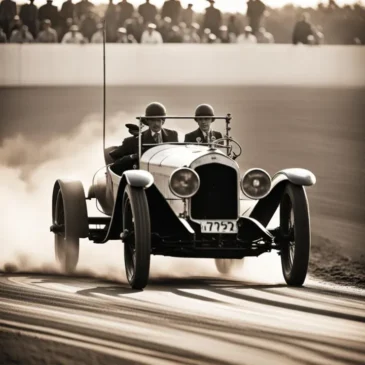The Florida State Music Teacher’s Association conference met in Lakeland for the first time in person since the pandemic. Alijam Music was one of a handful of exhibitors.
The exhibit hall was in the choir rehearsal room, a fair distance away from all the goings-on. Even with the lure of refreshments, it was a pretty slow event. It WAS fantastic to see old friends and new faces, reconnecting and connecting.
The commissioned composer’s work was absolutely amazing! A work for unaccompanied violin that merges music styles from the Chinese tradition with the style of Appalachian fiddle music.
And as always, I pledged to compose a piece for the event, and probably during the event. (I’ll start putting these pieces under a “conference” tag so anyone interested in the pieces I write for these events is chronicled.)
I either write a piece based upon the theme of the conference, or its location. 2018’s MTNA conference spawned the Coronado Suite, while the 2017 FSMTA conference that was at the Biltmore (which was cancelled because of Hurricane Irma) had inspired my Biltmore Syncopations. The 2019 NCKP conference found me writing an arrangement of There’ll be a Hot Time in the Old Town Tonight as well as the Windy City Waltz. My 2019 conference in Colorado included a piece called Mile High (melody created from superimposing a map of the Rockies onto sheet music). The 2018 FSMTA was again at the Biltmore (live this time) and I created the Vanderbilt Recreations for that conference.
The piece I started composing on Friday was quite fast, which meant I needed to locate some kind of chase or race event that happened in the area, whether it was a bank robbery getaway or a race between a train and a horse or something similar, to get a title and story for the piece.
And so I began research on the city of Lakeland, Florida. The trivia that stood out the most for me as regarding the piece was how important Lakeland was to early auto racing. A track was built in 1924, according to one source, but I couldn’t find any images or newspaper/magazine articles about it. An oval track and drag strip built in 1960 did have some images, and it was from the Lakeland Motorsports Complex that I wrote a sequel to In the Fast Lane and Speed Limit 208; Lakeland Drag Races.
I couldn’t find a suitable royalty-free image of 1960s drag racing, so I called upon AI to help me make an image.
These were the images that got created from the prompts:




I kept asking for the cars to have ONE driver, but the AI never did that. I ended up choosing the image with the yellow car (that doesn’t have a driver!). The greyscale image was from when I was still looking for information about the 1924 speedway. (I scrapped that idea when I realized the piece doesn’t sound like a 1920s piece in any form.) The two red cars image I didn’t use because it looked more like a NASCAR race than a drag strip race. The image with the blue car would have been great except that drag strip races I recall seeing are usually between two cars at a time, and not at least 7 as that image showed.
I spent more time on the image than I did the piece; the composition came together quickly because I planned a lot of pattern play and repetition into it.
